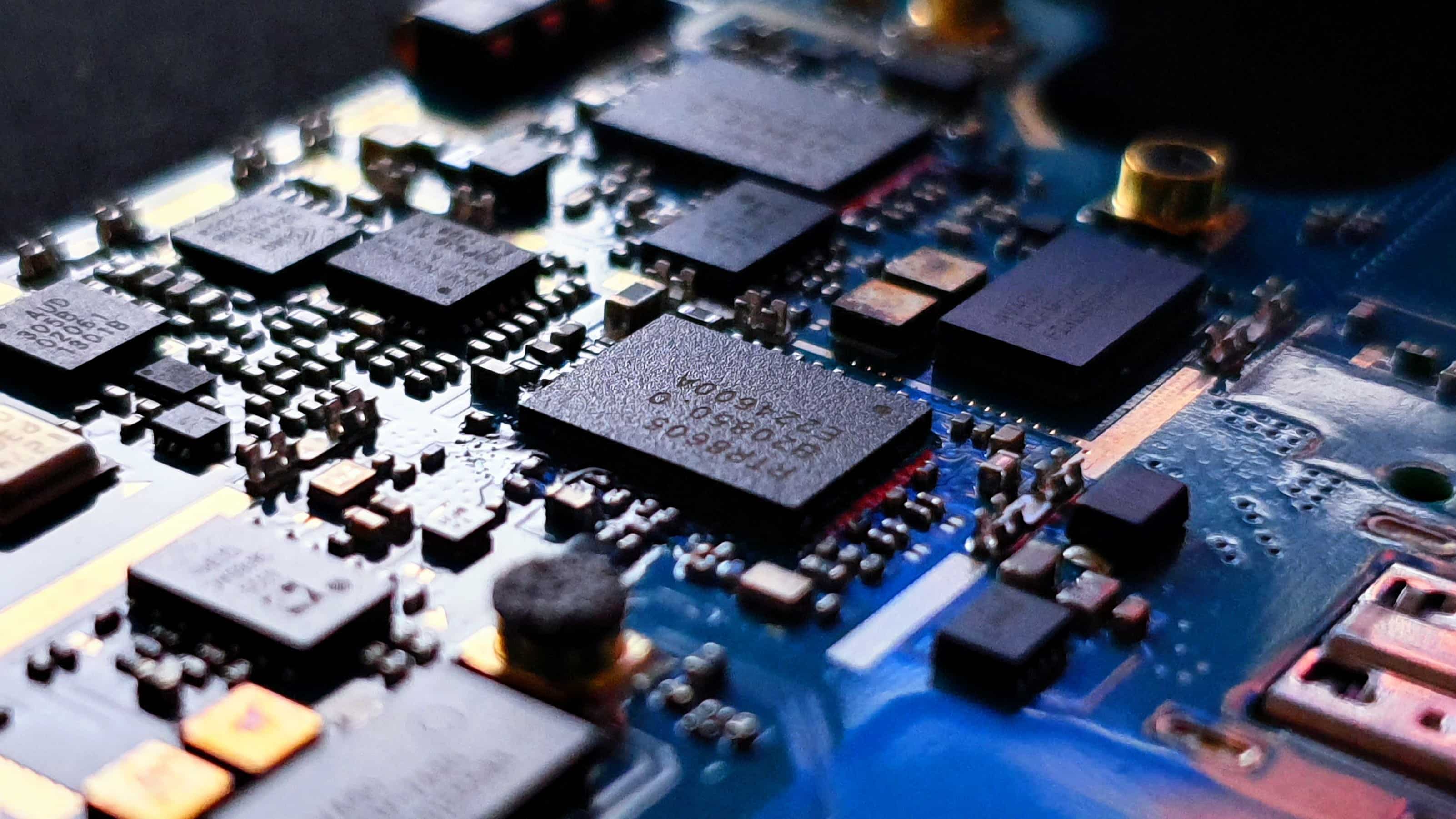In the world of high-frequency trading, every millisecond counts. The competition to create the fastest and most efficient trading systems is fierce, and financial institutions must make a critical decision: whether to use a software-based or an FPGA (Field Programmable Gate Array) based trading system. In this article, we’ll take a closer look at both approaches, weigh their pros and cons, and provide guidance on how to make an informed decision.
Software-based Trading Systems: The Advantages
Ease of Development: Software-based trading systems are relatively simple to develop, and there is a large pool of software developers with the skills required to create these systems. This makes it possible to quickly bring new financial applications to market, reducing time-to-market.
Cost-effective: Software-based trading systems are generally less expensive compared to FPGA-based systems, as they do not require specialized hardware or hardware development expertise. This makes them an ideal choice for smaller financial institutions with limited budgets.
Scalability: Software-based trading systems can be easily scaled to handle increasing trading volumes, making them ideal for growing financial institutions. With software-based systems, financial institutions can add more computational resources as needed, ensuring that the system can handle increasing trading volumes.
Software-based Trading Systems: The Drawbacks
Latency: Software-based trading systems can have higher latency compared to FPGA-based systems, as they rely on general-purpose CPUs to execute trades. This can impact performance for high-frequency trading applications, where every millisecond counts.
Limited Customizability: Software-based trading systems are less customizable compared to FPGA-based systems, which can limit their performance for specific financial applications. Financial institutions may need to compromise on performance in order to use a software-based solution, which can impact their competitiveness in the marketplace.
FPGA-based Trading Systems: The Advantages
Ultra-low Latency: FPGAs are designed for high-performance applications, and they can provide ultra-low latency performance for high-frequency trading applications. This makes FPGAs an ideal choice for financial institutions that require the fastest possible trading speeds.
Customizability: FPGAs can be customized for specific use cases, which makes it possible to optimize performance for specific financial applications. This allows financial institutions to create trading systems that are tailored to their unique requirements, providing a competitive advantage in the marketplace.
Power Efficiency: FPGAs can be more power-efficient compared to traditional CPUs, making them an ideal choice for energy-constrained trading environments. This can help financial institutions reduce costs and minimize their environmental impact.
FPGA-based Trading Systems: The Drawbacks
Complexity: FPGAs can be complex to design and program, requiring specialized skills and expertise. This can make it challenging for financial institutions to develop and maintain FPGA-based trading systems, especially if they do not have in-house expertise.
Time-to-market: FPGA development can take longer compared to traditional software development, which may impact time-to-market for new financial applications. Financial institutions may need to invest significant time and resources in order to bring new FPGA-based trading systems to market.
Maintenance: FPGAs require ongoing maintenance, which can be time-consuming and costly. This can impact the long-term costs of FPGA-based trading systems, making them less cost-effective compared to a software-based solution.
Conclusions
In conclusion, both software-based and FPGA-based trading systems have their pros and cons, and the choice between the two will depend on the specific requirements of each financial institution. For smaller financial institutions with limited budgets, software-based trading systems may be the most cost-effective option, as they are relatively simple to develop and maintain. For larger financial institutions with demanding performance requirements, FPGA-based trading systems may be the better choice, as they can provide ultra-low latency performance and be customized for specific financial applications.
It’s important to note that FPGA-based trading systems can be complex to develop and maintain, and require specialized skills and expertise. Financial institutions that are considering FPGA-based solutions should assess whether they have the in-house expertise to develop and maintain these systems, or whether they need to outsource this work.
Finally, financial institutions should consider the long-term costs of both types of systems, including maintenance costs and the cost of upgrading the systems as trading volumes increase. By carefully weighing the pros and cons of each approach, financial institutions can make an informed decision on which type of trading system is best for their needs.



